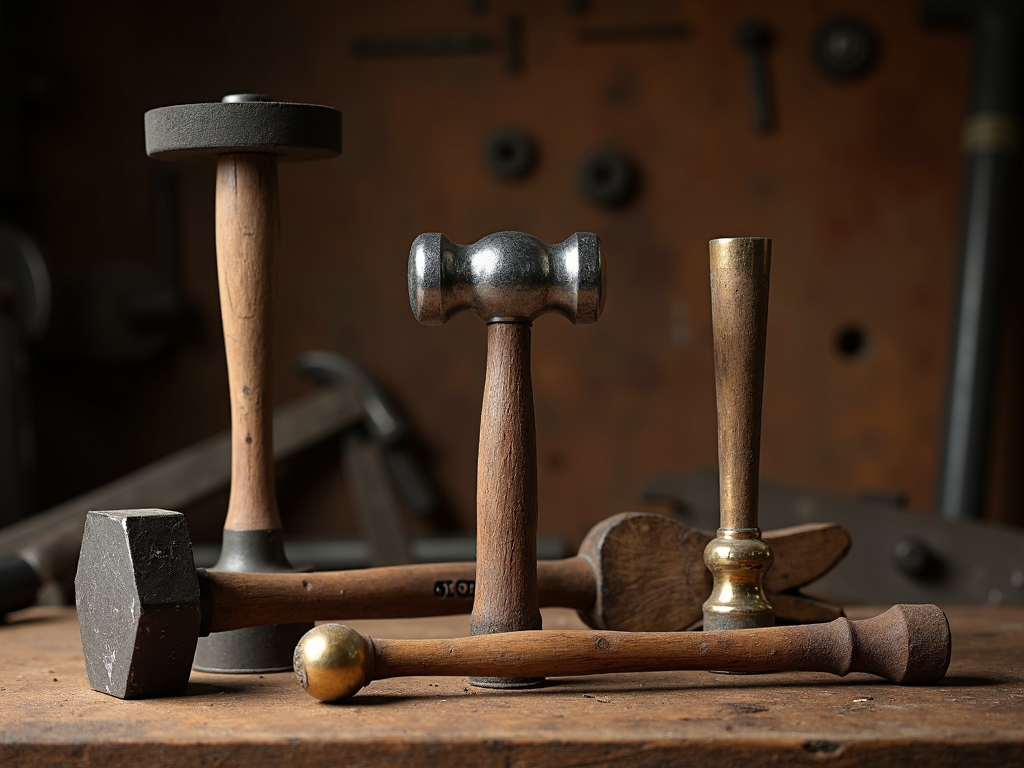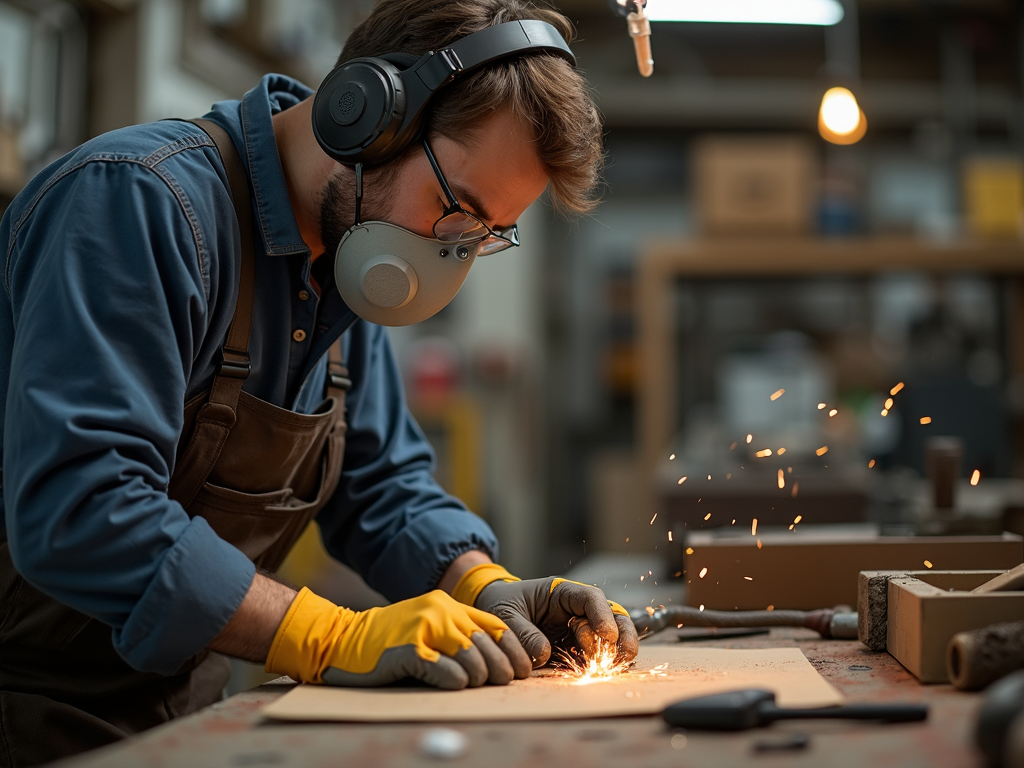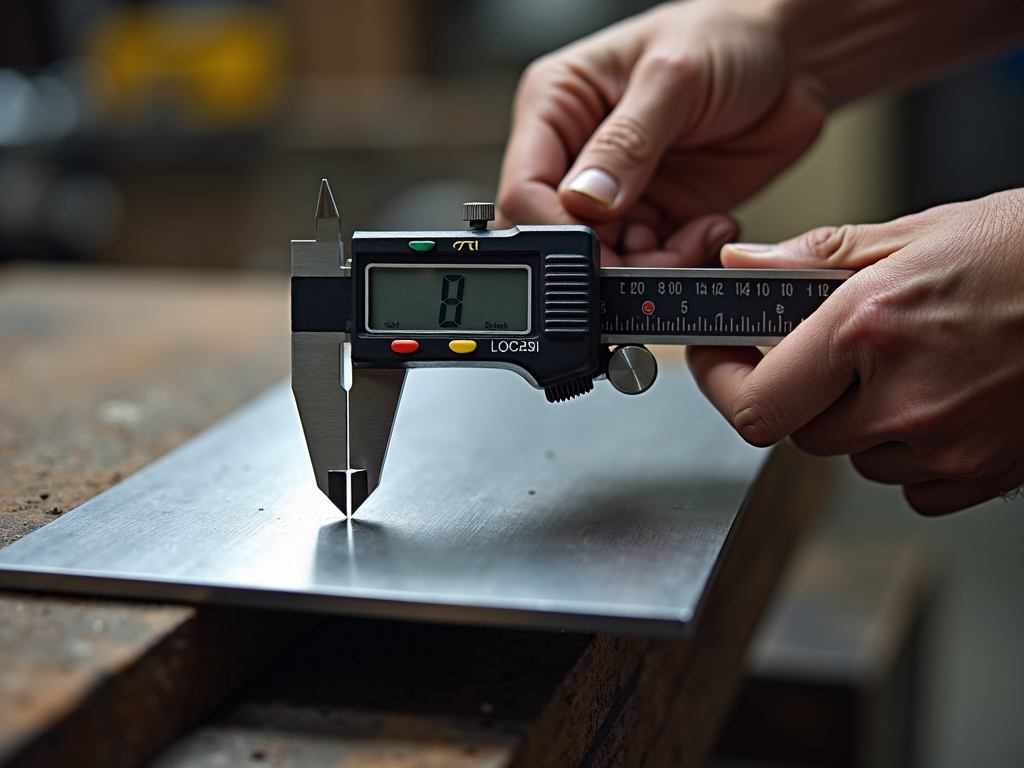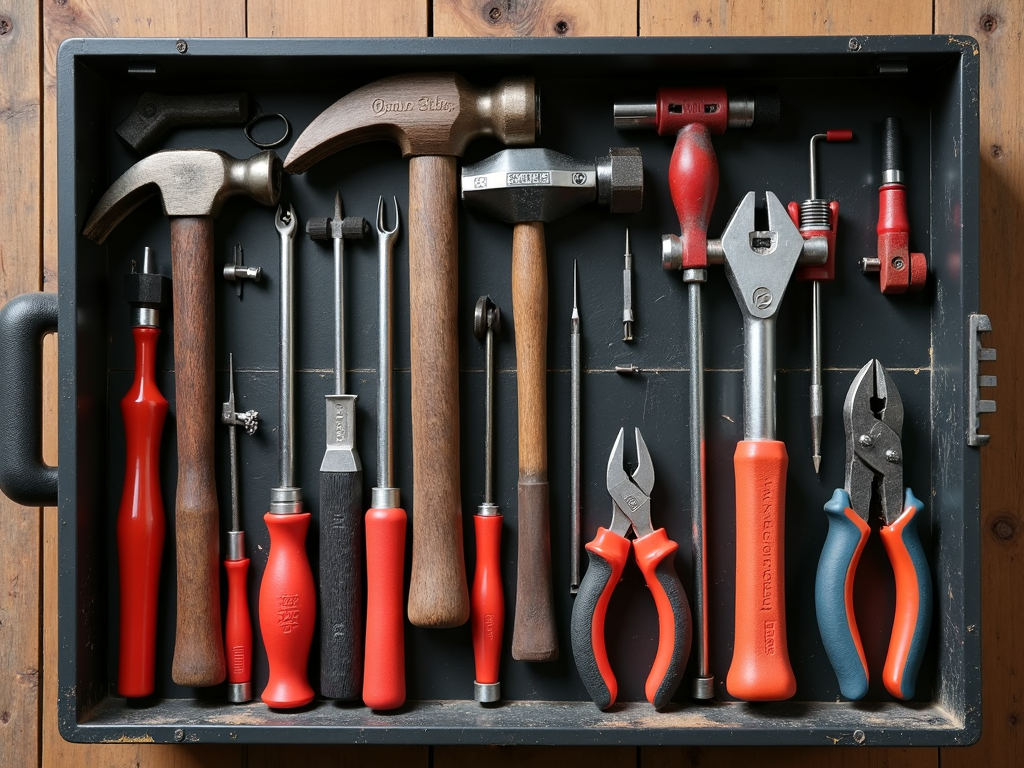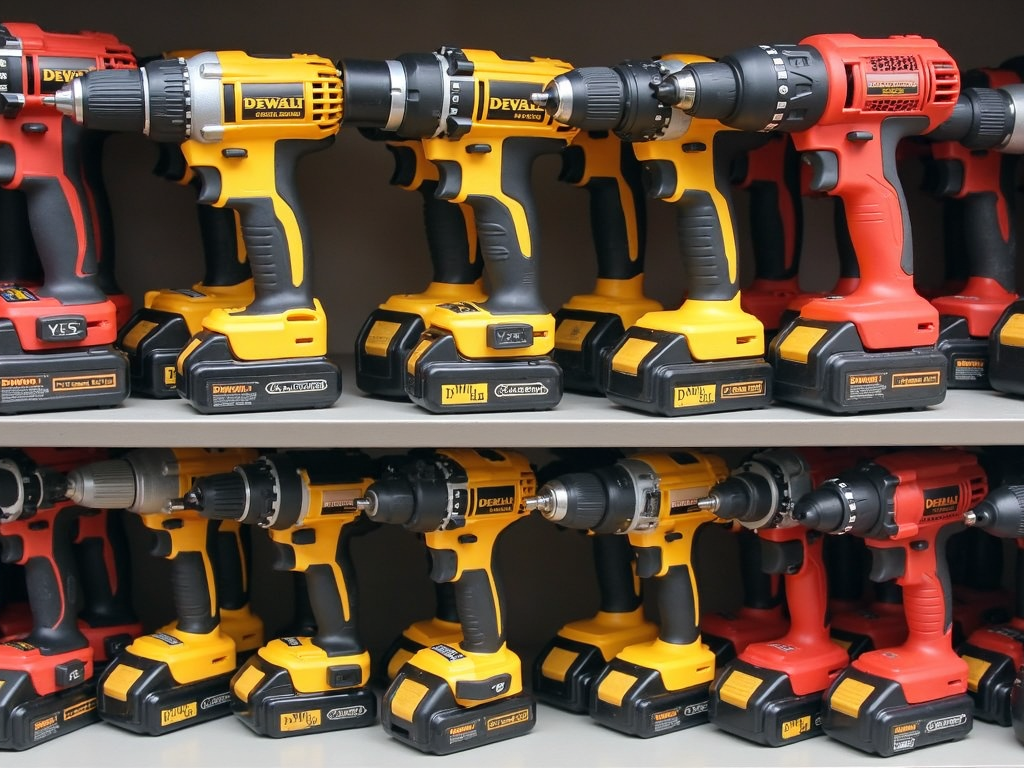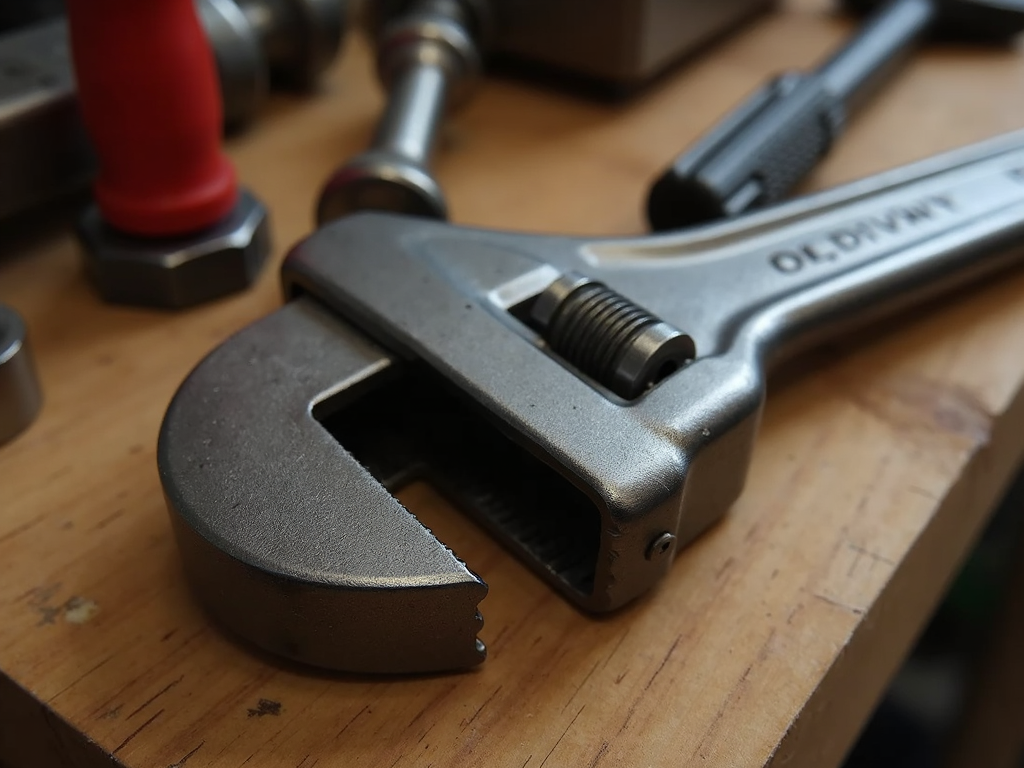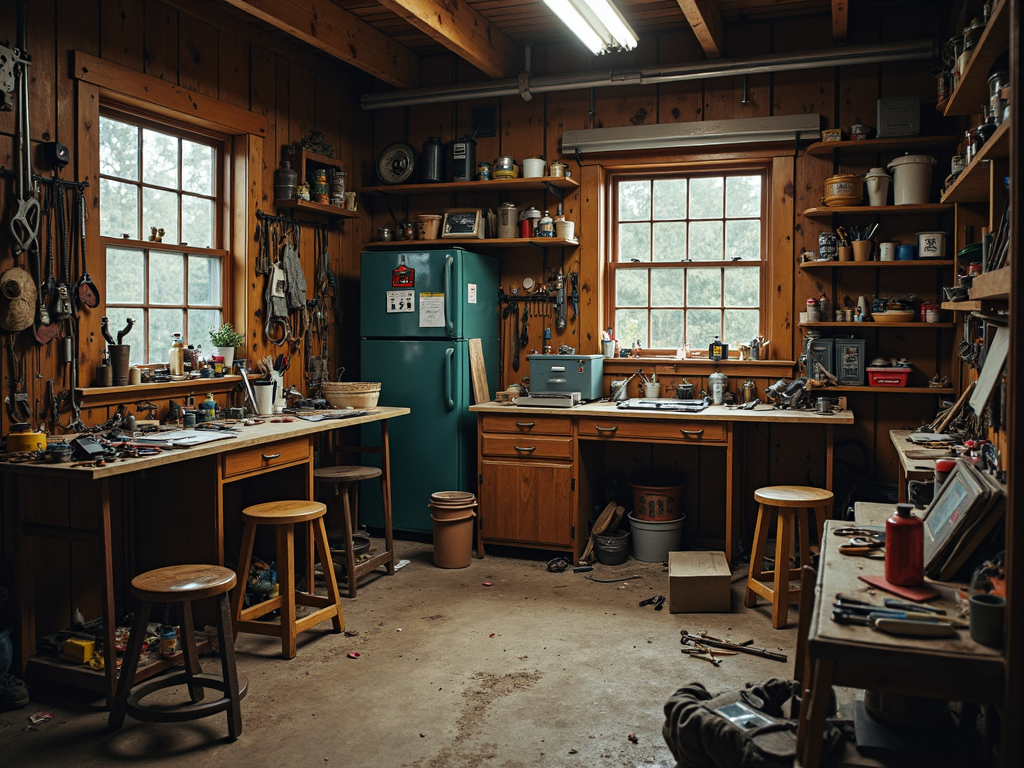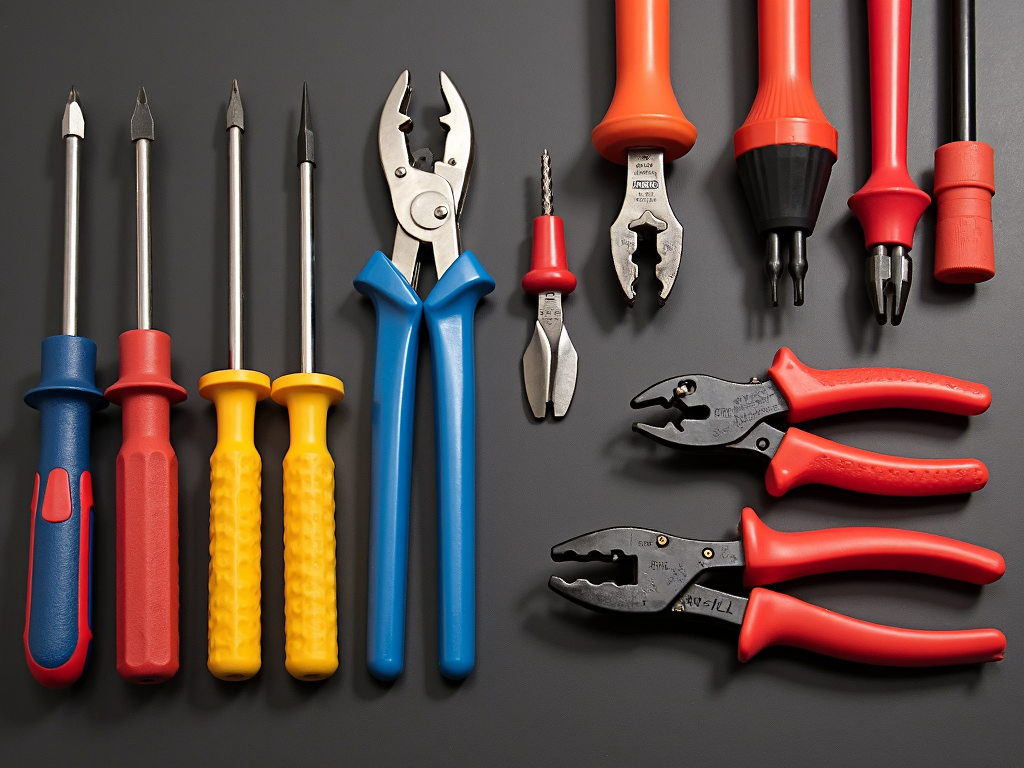A well-organized toolbox is the backbone of any efficient workspace. Whether you're a seasoned professional or a DIY enthusiast, having your tools in order can save you time, reduce frustration, and even extend the life of your equipment. In this guide, we'll explore the essentials of toolbox organization, with a special focus on wrenches and other workman tools. From maintenance tips to storage solutions, you'll learn how to transform your chaotic toolbox into a model of efficiency.
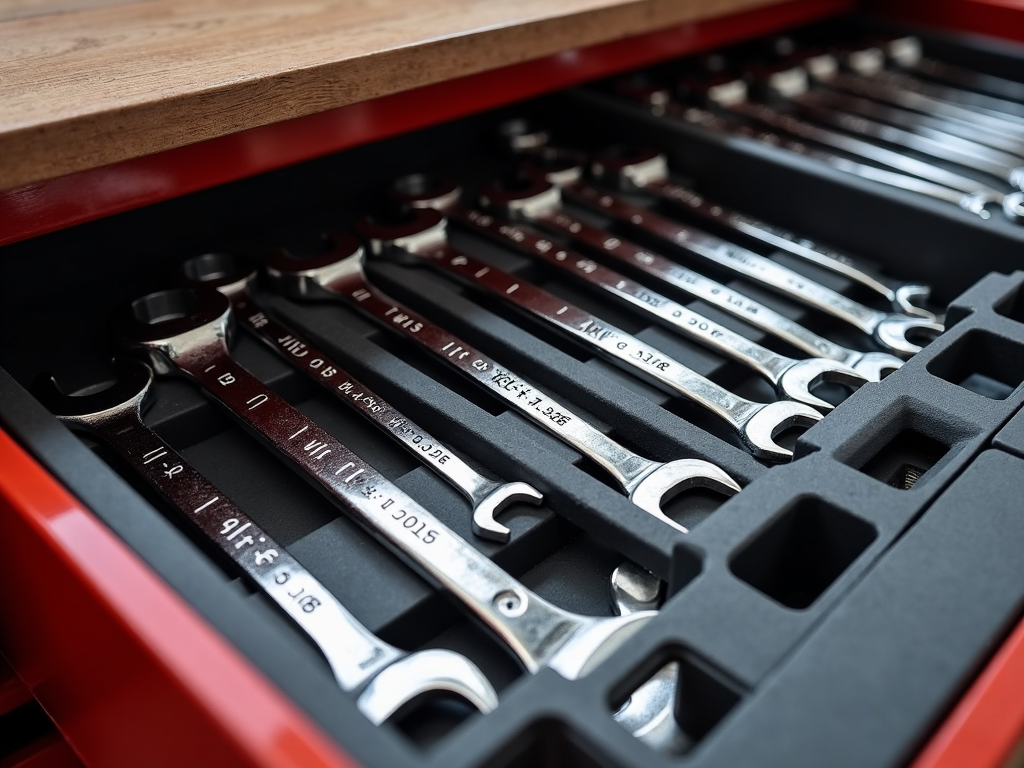
The Importance of Organizing Your Toolbox
A cluttered toolbox is more than just an eyesore—it's a productivity killer. When you can't find the right tool quickly, you waste valuable time searching through a jumble of equipment. This can lead to frustration, especially when you're in the middle of a project. Moreover, disorganized tools are more likely to get damaged, as they can knock against each other or get misplaced.
On the other hand, a well-organized toolbox allows you to:
- Save time: Quickly locate the tool you need without rummaging.
- Increase efficiency: Focus on the task at hand rather than searching for tools.
- Extend tool life: Proper storage reduces wear and tear.
- Enhance safety: Organized tools are less likely to cause accidents.
In short, investing time in organizing your toolbox pays off in the long run.
Essential Tools Every Workman Should Have
Before diving into organization techniques, it's crucial to ensure you have the right tools in your arsenal. While the specific tools you need may vary depending on your trade or projects, there are some essentials that every workman should have:
- Wrenches: A set of combination wrenches in various sizes is indispensable for tightening and loosening nuts and bolts.
- Screwdrivers: Both flathead and Phillips head screwdrivers in multiple sizes.
- Pliers: Needle-nose, slip-joint, and locking pliers for gripping and manipulating objects.
- Hammer: A claw hammer for driving and removing nails.
- Tape measure: For accurate measurements.
- Level: To ensure surfaces are even.
- Utility knife: For cutting various materials.
- Socket set: For working with bolts and nuts in tight spaces.
These tools form the foundation of any well-equipped toolbox. As you progress in your craft, you can add more specialized tools to your collection.
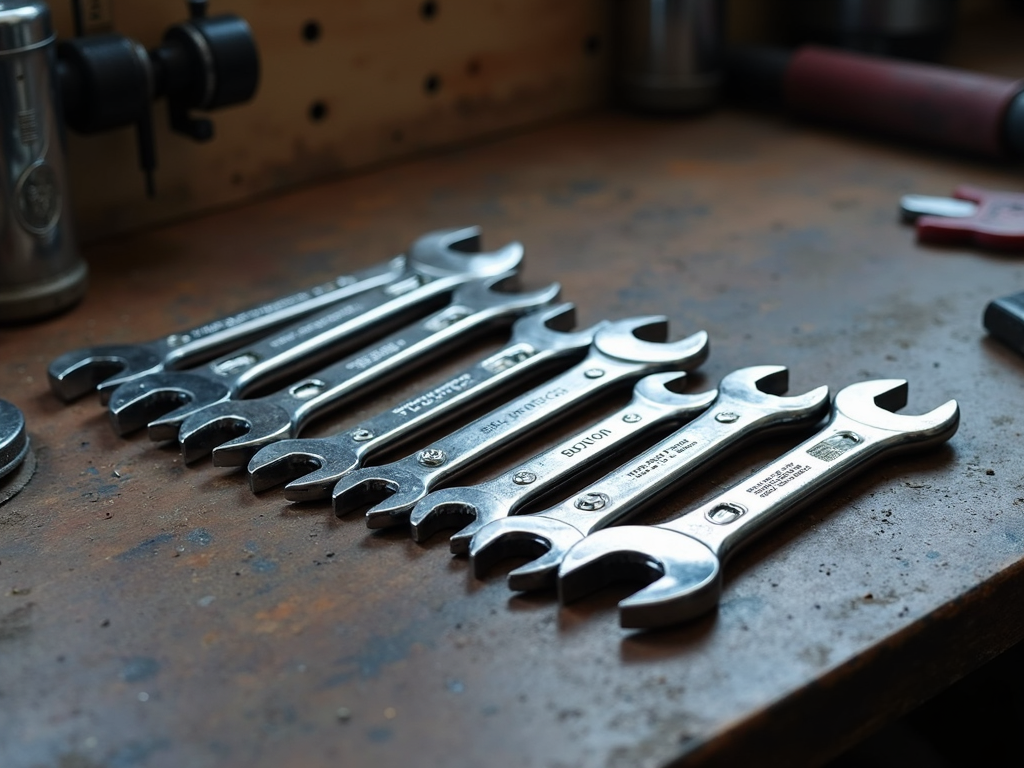
How to Properly Maintain and Store Wrenches
Wrenches are among the most frequently used tools in any toolbox, making their maintenance and storage crucial. Here are some tips to keep your wrenches in top condition:
-
Clean after use: Wipe down your wrenches with a clean cloth to remove dirt, grease, and moisture. This prevents rust and corrosion.
-
Lubricate moving parts: For adjustable wrenches, apply a small amount of lubricant to the adjustment mechanism to keep it functioning smoothly.
-
Store in a dry place: Moisture is the enemy of metal tools. Keep your wrenches in a dry environment to prevent rust.
-
Use wrench organizers: Invest in wrench racks or organizers that hold each wrench securely in place. This not only keeps them organized but also prevents them from knocking against each other.
-
Avoid over-tightening: When using wrenches, avoid applying excessive force, which can damage the tool or strip the fastener.
By following these maintenance tips, you can ensure your wrenches remain reliable and long-lasting.
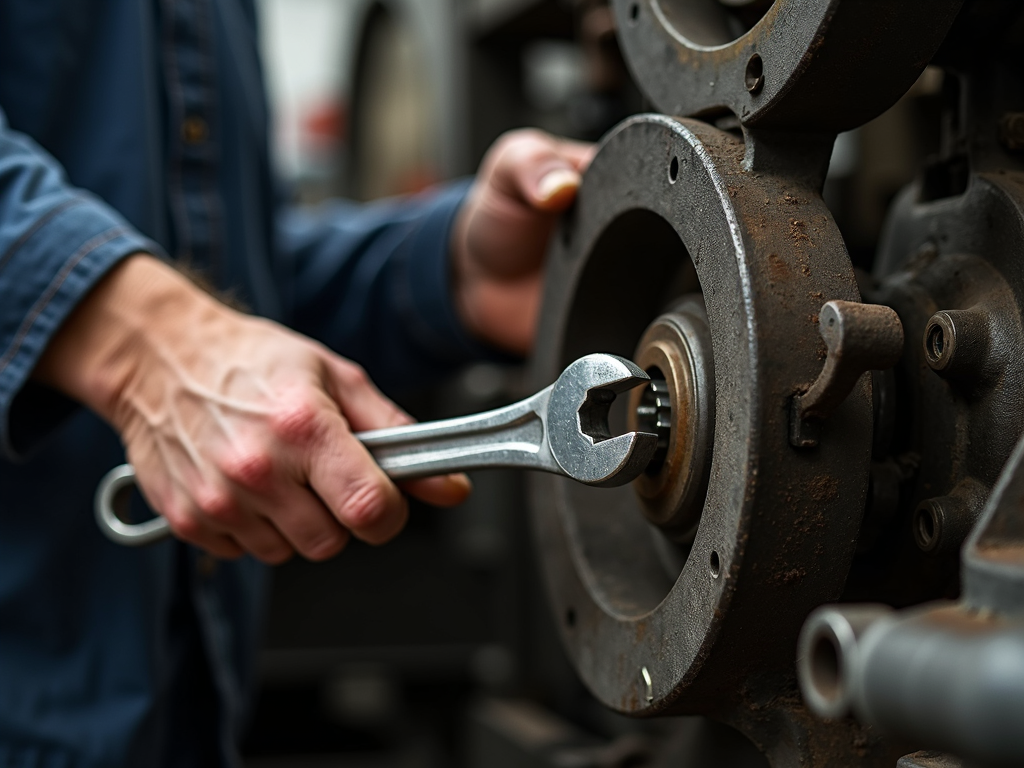
Tips for Organizing Your Toolbox Like a Pro
Now that you have the essentials and know how to maintain them, it's time to organize your toolbox. Here are some pro tips to help you achieve a clutter-free workspace:
-
Categorize your tools: Group similar tools together, such as all wrenches in one section, screwdrivers in another, and so on. This makes it easier to find what you need quickly.
-
Use drawer dividers: If your toolbox has drawers, use dividers to create compartments for different tool categories. This prevents tools from mixing and keeps everything in its place.
-
Label everything: Use labels or color-coding to identify different sections of your toolbox. This is especially helpful if you have multiple people using the same toolbox.
-
Keep frequently used tools accessible: Place the tools you use most often in the most accessible parts of your toolbox, such as the top tray or front drawers.
-
Regularly declutter: Periodically go through your toolbox and remove any tools you no longer need or use. This keeps your toolbox from becoming overcrowded.
-
Invest in quality organizers: Consider using foam inserts, magnetic strips, or pegboards to keep your tools secure and organized.
By implementing these strategies, you can transform your toolbox into a model of efficiency and organization.
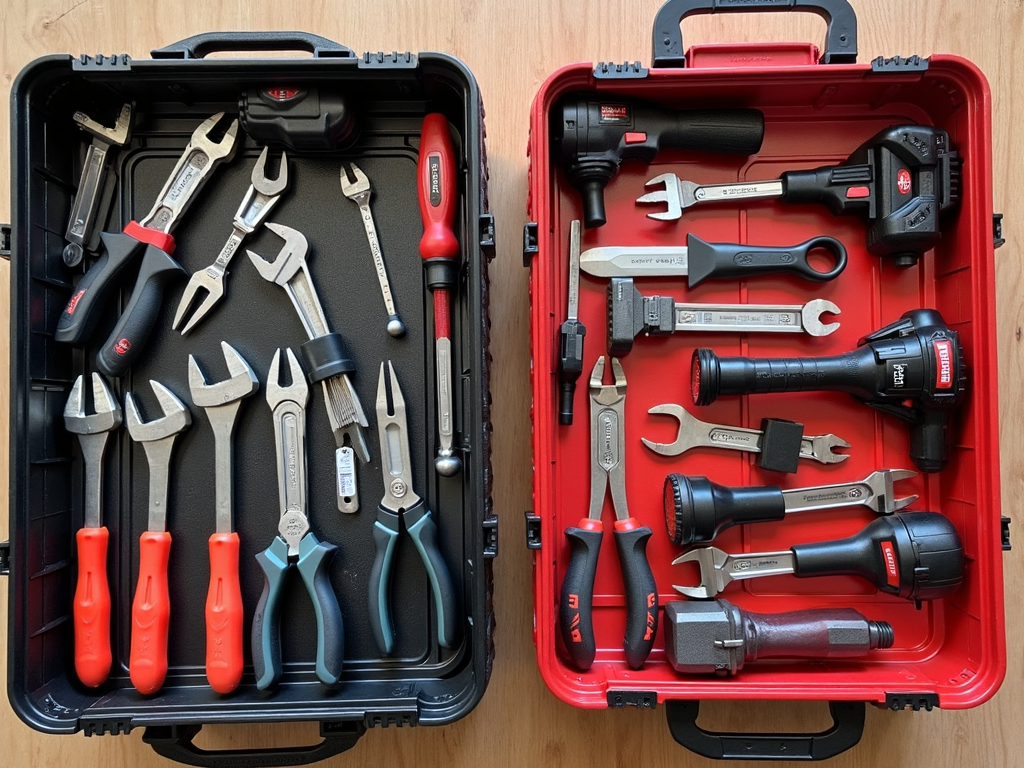
Common Mistakes to Avoid When Organizing Your Toolbox
Even with the best intentions, it's easy to make mistakes when organizing your toolbox. Here are some common pitfalls to watch out for:
-
Overcrowding: Trying to fit too many tools into a small space can lead to disorganization and damage. Be selective about what you keep in your toolbox.
-
Not labeling: Without labels, it's easy to forget where things belong, leading to tools being misplaced.
-
Ignoring maintenance: Organizing your toolbox is only half the battle. Regular maintenance is key to keeping your tools in good condition.
-
Using the wrong organizers: Not all organizers are created equal. Make sure you choose organizers that fit your tools and toolbox properly.
-
Forgetting to update: As you acquire new tools or change your workflow, your organization system may need to adapt. Don't be afraid to reorganize as needed.
By avoiding these mistakes, you can ensure your toolbox remains organized and functional over time.
Summary
Organizing your toolbox like a pro is not just about aesthetics—it's about efficiency, safety, and extending the life of your tools. By following the tips outlined in this guide, you can transform your chaotic toolbox into a well-oiled machine. Remember to maintain your tools regularly, categorize them effectively, and avoid common organization mistakes. With a little effort, you'll be able to tackle any project with confidence and ease.
Related Toolbox Essentials: Organizing Like a Pro:
- Boost Your Energy: Nutrition Tips for a Productive Day
- Specialty Hammers for Crafts and Hobbies: Essential Tools for Precision Work
- Safety First: Protecting Yourself in the Workshop
- DIY Workshop Safety Tips for Every Hobbyist: A Comprehensive Guide
- How to Prep Your Room for Painting: A Comprehensive Guide
- Essential Workman Tools for Metalworking: A Comprehensive Guide
- Top Workman Tools for Electricians: Must-Haves for Every Job
- Advanced Tool Maintenance Techniques: Ensuring Longevity and Efficiency
- How to Choose the Right Power Drill for Your Project
- The Ultimate Guide to the Best Wrench Sets for Construction Workers
- DIY Workshop Organization: Budget-Friendly Solutions for a Clutter-Free Workspace
- Essential Safety Gear for Electricians

